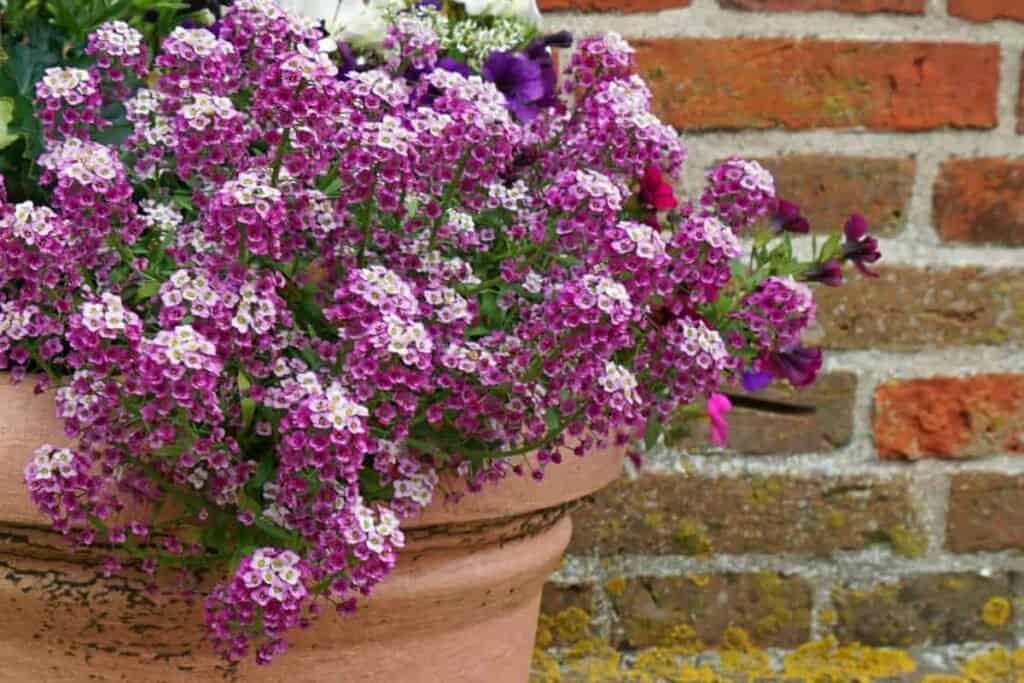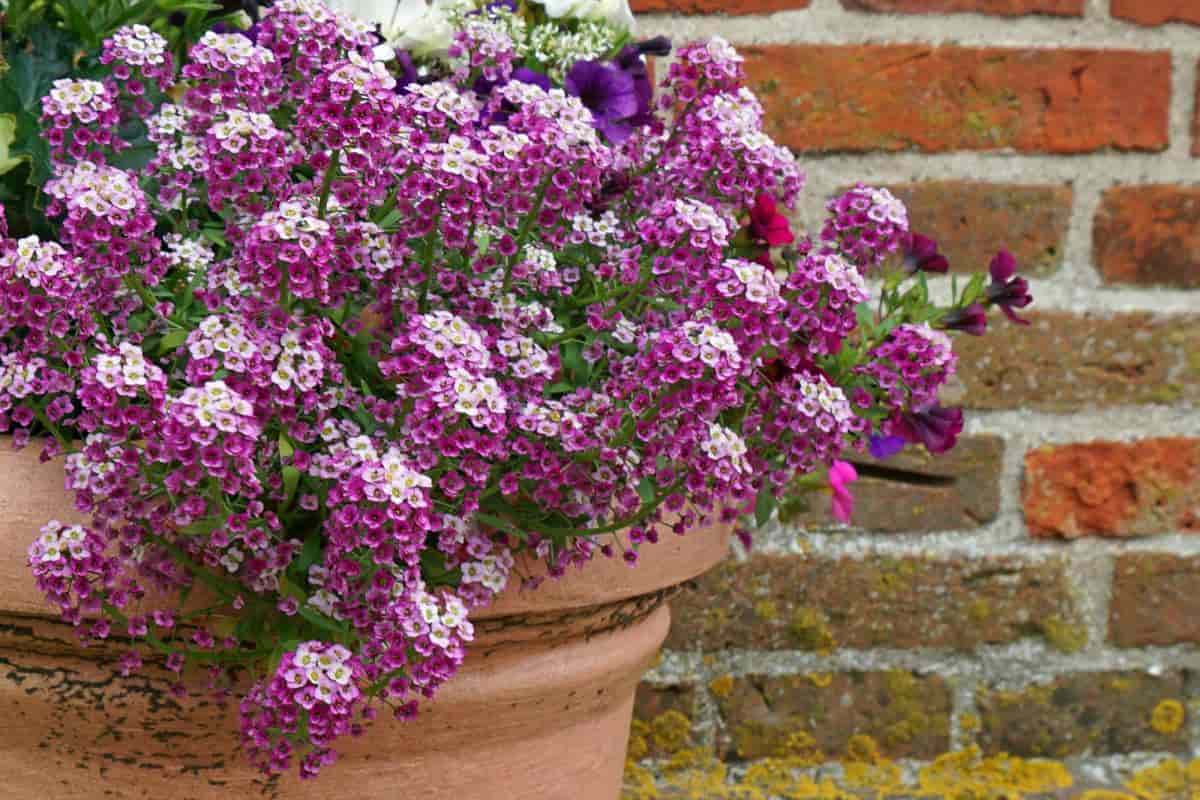Clear warm days and crisp cool nights promote superb color and quality to roses and annuals that flower until cut down by hard frosts. Petunias, pansies, snapdragons, verbenas, lobelia, alyssum, annual asters, ageratum, cosmos, salvias, scabiosa, and browallias put on a final burst of bloom; dahlias do the same.

The garden chrysanthemums practically alone among the perennials are the kings of the garden, and all but outshine those last roses of summer which have a special quality of their own at this time of year.
It is not uncommon to see flowers protected by newspapers, cloth, canvas, polyethylene, or anything else to keep out the cold on a frosty night. This is an easy way to extend the bloom of the garden through most of the month and sometimes a week or two into November.
I have picked armfuls of flowers in November, not often, but frequently enough to know the rewards of giving a little protection from time to time.
An autumn drought often hits our area, making the watering of gardens, lawns, and woody plants necessary. Plants should not suffer from drought before entering the winter. Drought is especially hard on evergreens and garden perennials.
In the absence of rain, one good deep soaking is needed every ten days to two weeks. Water loss is not nearly as great from evaporation at this time of year. Plants up against the house should be given special attention because here drying out is greater and winter injury due to dry soil can be serious.
Too often gardeners think that plants near the house receive more winter protection than others, but the benefits of protection from the house could be canceled if the soil becomes dry.
Wintering Geraniums
The easiest way to winter several geraniums is to dig them up before cold injures the foliage and plant them close together in a box about six inches deep. The tops are left intact, not cut back, and all the roots are saved.
The box of plants is placed next to a basement window, away from heat sources and where moderate temperatures will prevail during the winter. The temperature could go down to 40° but should not exceed 60°. The plants require no special attention other than a good watering about once a month through the winter.
This method will keep the plants in a semi-dormant state. Some leaves will die, others become pale, and very few new ones will develop flowers. Flower buds should be removed and none should be permitted to develop. Shriveling of some stalks may occur but most of them will remain firm.
October is not too late to plant tulips and other spring bulbs but does not delay getting them into the ground. Be sure the soil is moist and cover the ground with six inches of leaves or hay to keep the frost out of the ground as long as possible.
The first step in winter protection of roses is taken in October before the ground freezes. Soil is mounded over the base of the plant to a height of about a foot, The base of the mound should be 18” inches wide.
Loose, not lumpy soil should be packed against the plant so that there will be no air pockets to admit cold dry air. Before mounding be sure the soil beneath is thoroughly moist. Some rose growers also spray or dust the canes just before mounding.
Before the month is over lay canes of climbing and rambling roses on a cushion of leaves or hay and cover with a few inches of soil or eight to 12” inches of leaves or hay. Place some poison mouse bait in a tin can laid horizontally (with both ends removed) on the ground beneath the leaves or hay. Canes of climbing roses are very subject to mouse injury in winter.
October is a good time to plant dormant deciduous trees and shrubs except for Russian olive, euonymus, Japanese barberry, golden mock-orange, and roses. These are subject to injury when planted bare root in fall, but they can be planted successfully if balled and burlapped, or if the container has grown.
44659 by Robert A. Phillips
